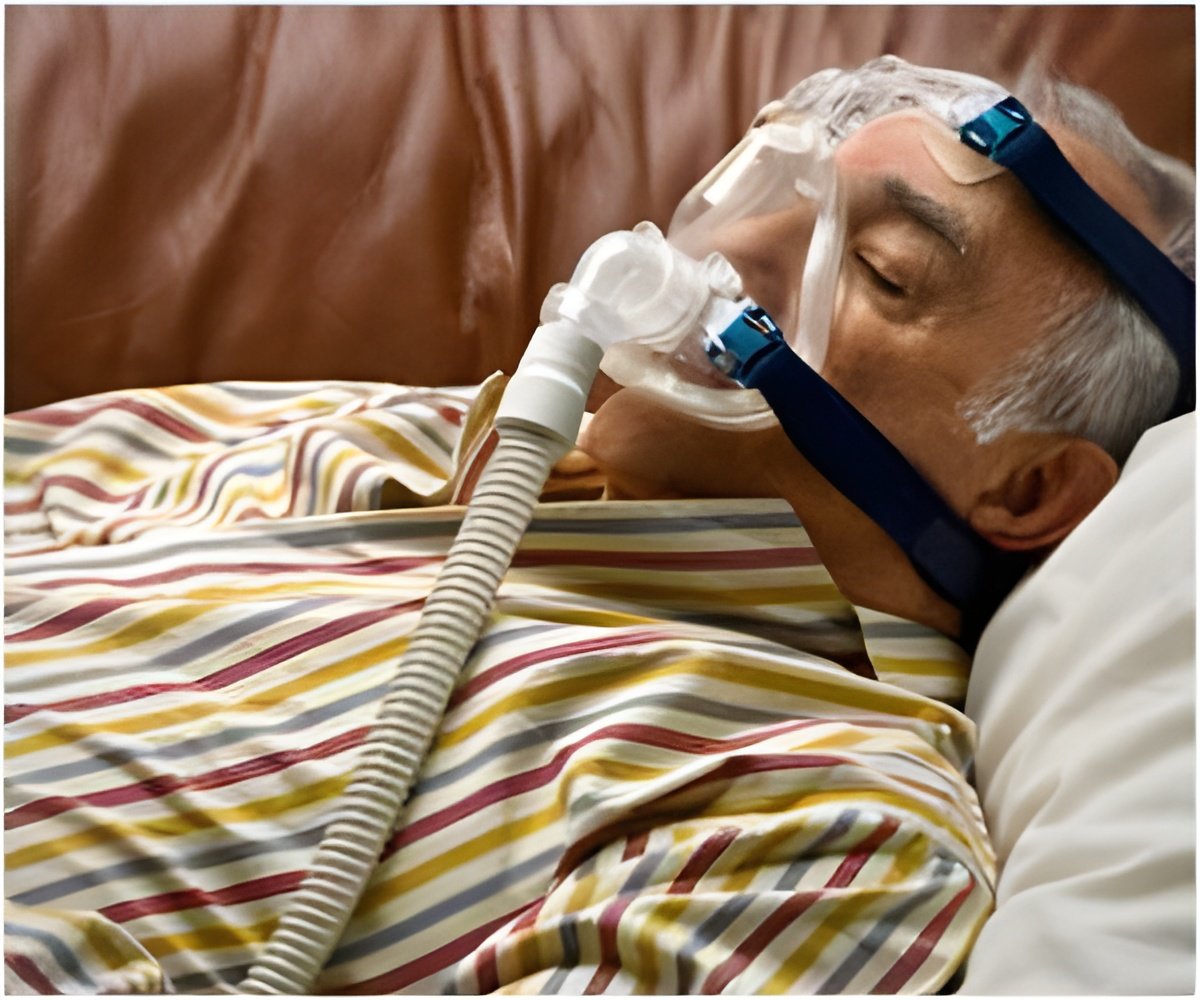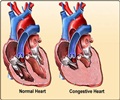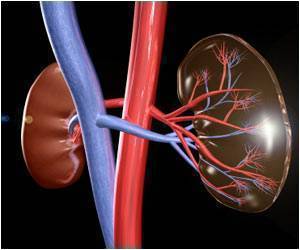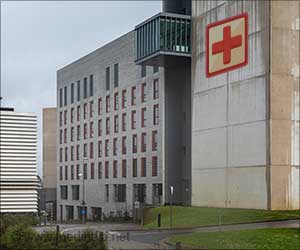
Mullins and his colleagues conducted the study by using data from the National Hospital Ambulatory Care Survey, a sample of U.S. hospital-based emergency departments during a seven-year period. They found that ICU admissions jumped from 2.79 million in 2002-2003 to 4.14 million in 2008-2009. The study also shows that during the same time frame overall emergency department admissions grew by only 5.8 percent.
Other key findings of the study:
- ICU admissions grew the most among patients aged 85 and older-increasing 25 percent every two years.
- Utilization of tests and services provided to emergency department patients on their way to the ICU also jumped during the study period, with the largest rise occurring in computerized tomography (CT) or magnetic resonance imaging (MRI) tests. In fact, CT and MRI tests provided while still in the emergency department increased from 16.8 percent to 37.4 percent.
- The most common reasons for ICU admissions were symptoms such as chest pain or shortness of breath that can signal life-threatening conditions like heart attacks.
- On average, patients had to wait five hours in the emergency department before getting into the ICU.
Additional research must be done to find ways to keep critically ill patients from facing long waits in crowded emergency departments, said co-author Jesse Pines, MD, MBA, MSCE, a practicing emergency physician and an associate professor of emergency medicine and health policy at SPHHS.
"Studies have shown that the longer ICU patients stay in the emergency department, the more likely they are to die in the hospital," Pines said. "Better coordination between the emergency department and ICU staff might help speed transfers and prevent complications caused by long emergency department waits," he said.
Mullins, Pines and Munish Goyal, MD, at the Washington Hospital Center, published the study, "National Growth in Intensive Care Unit Admissions from Emergency Departments in the United States from 2002 to 2009," in the journal Academic Emergency Medicine.
Advertisement
Source-Newswise










